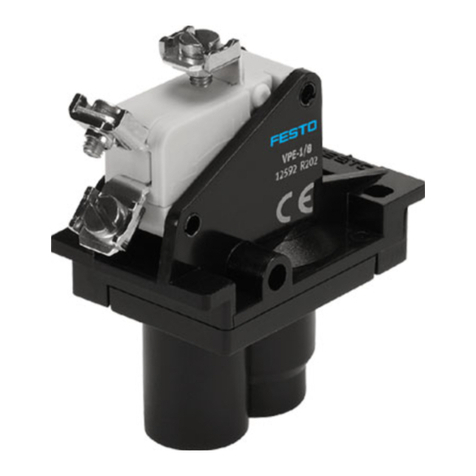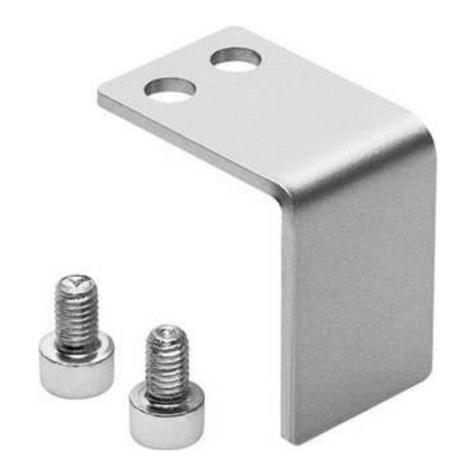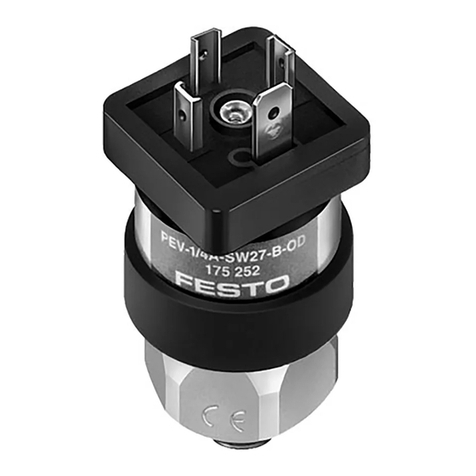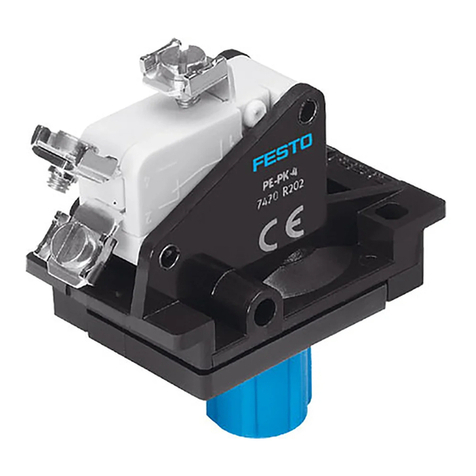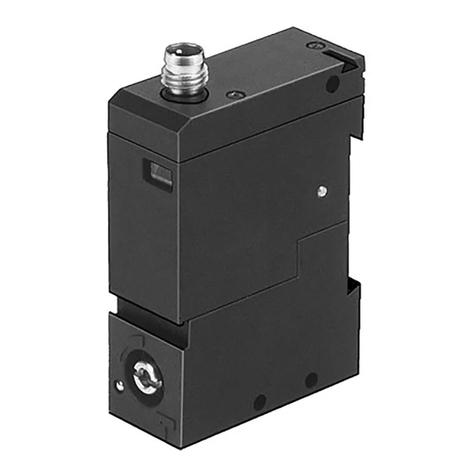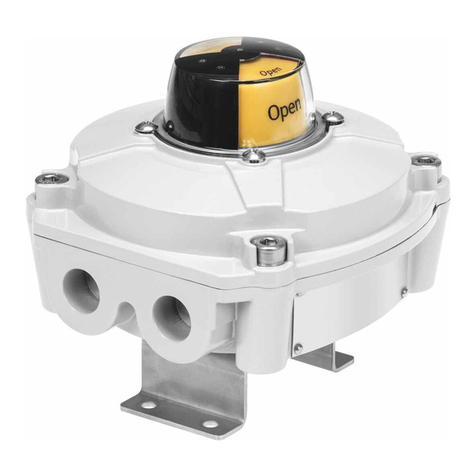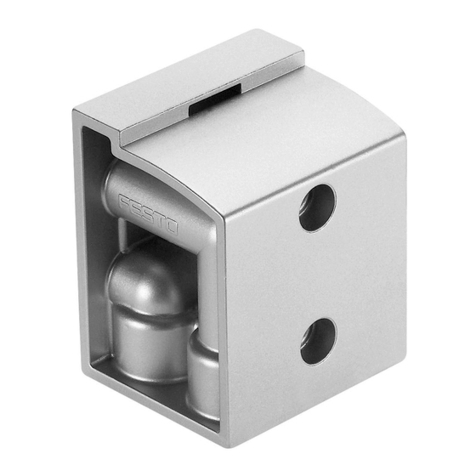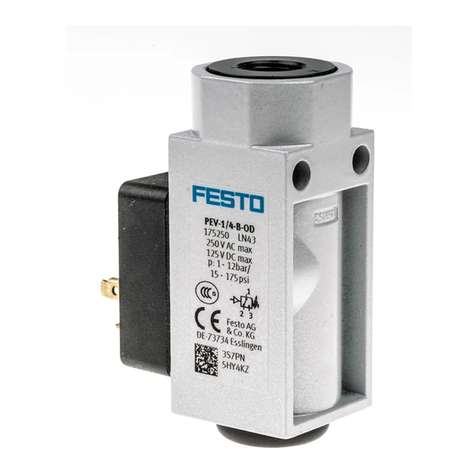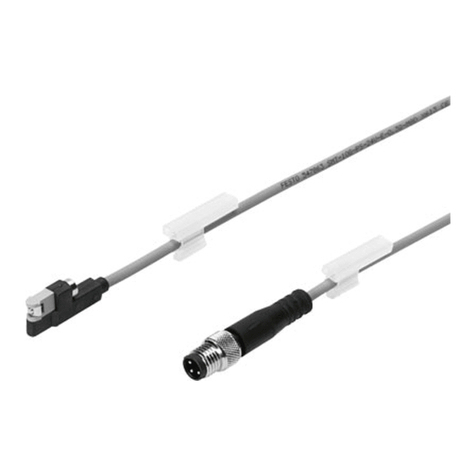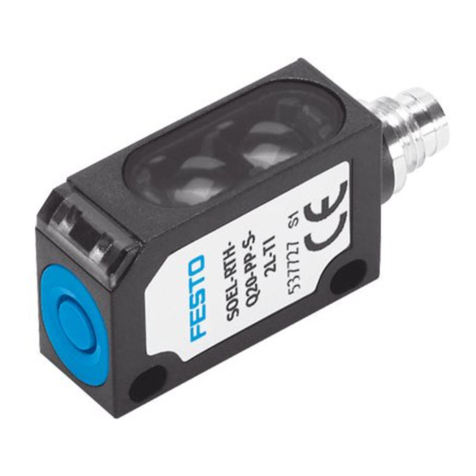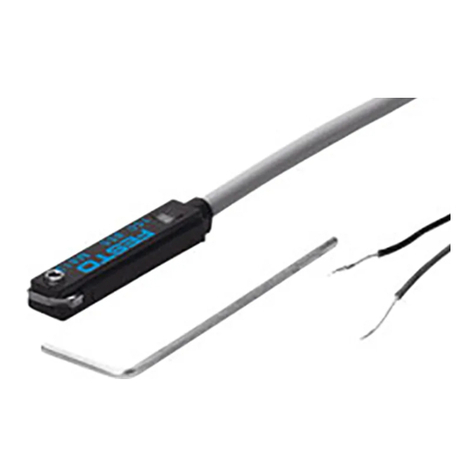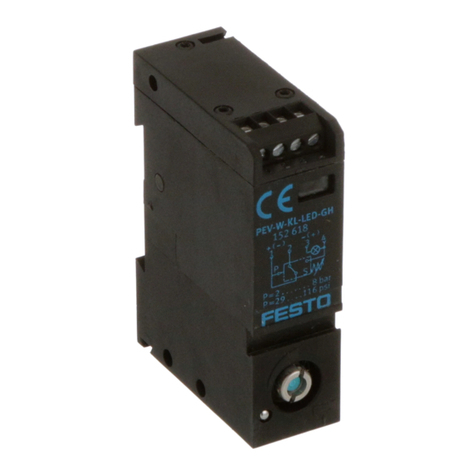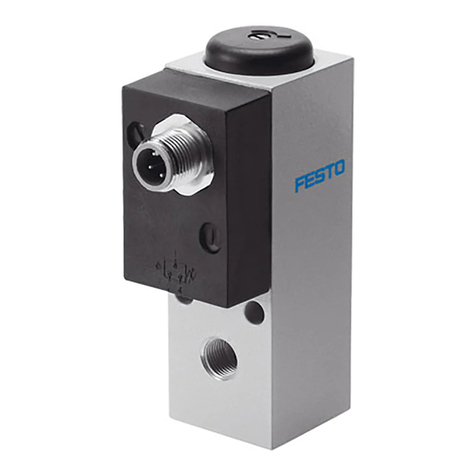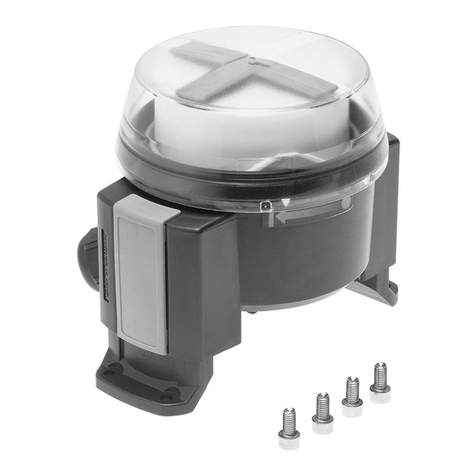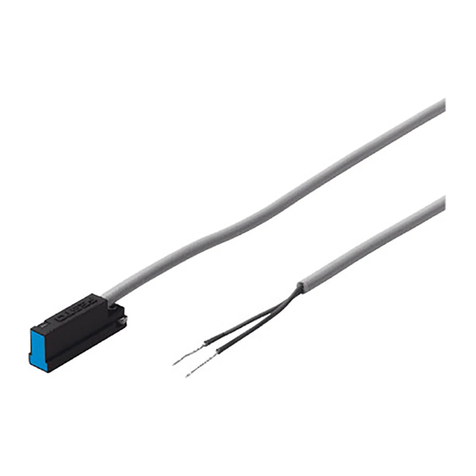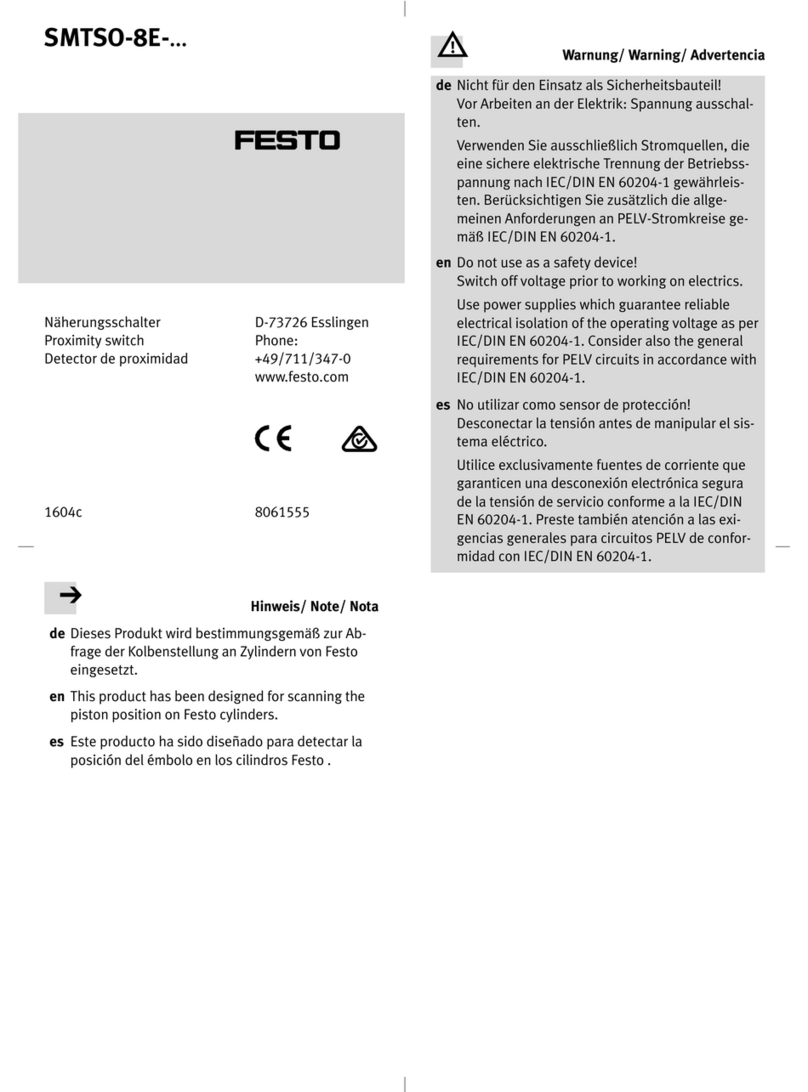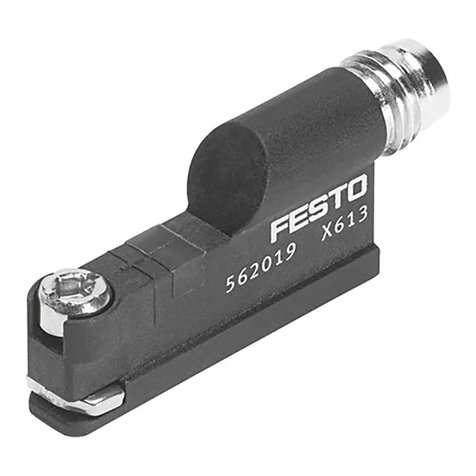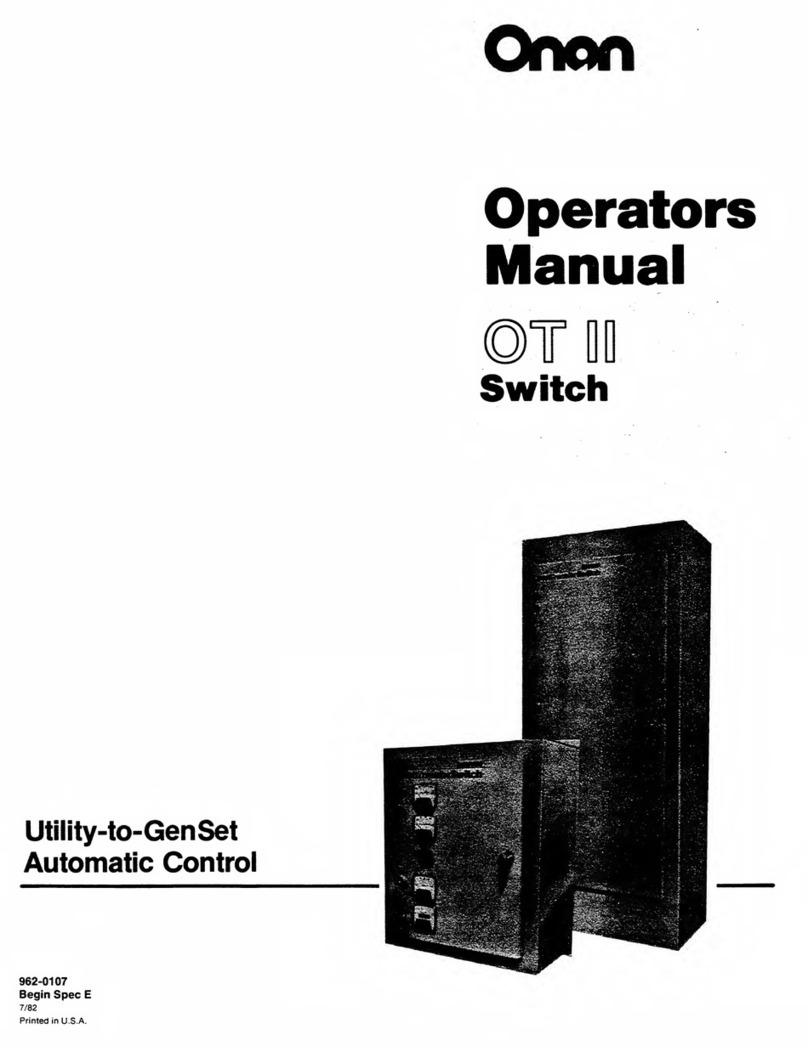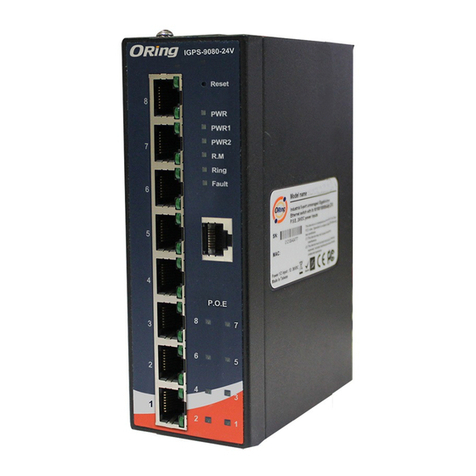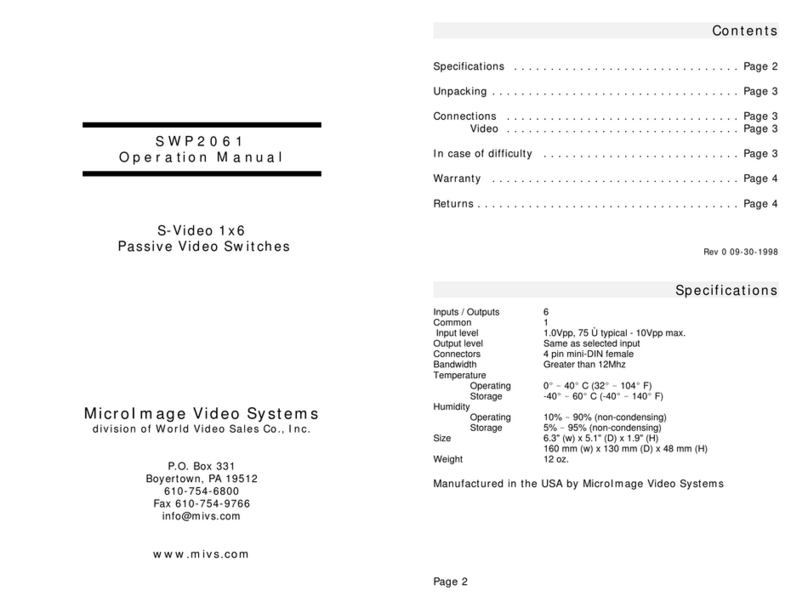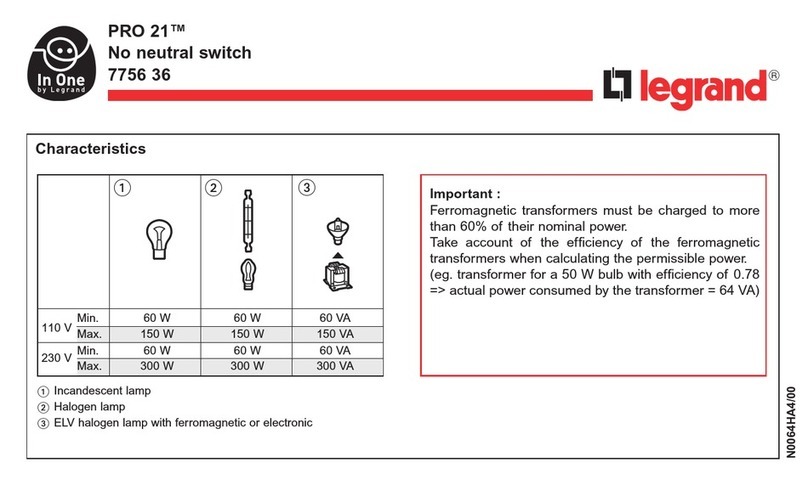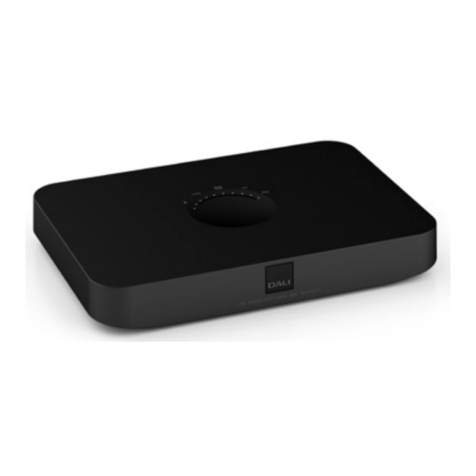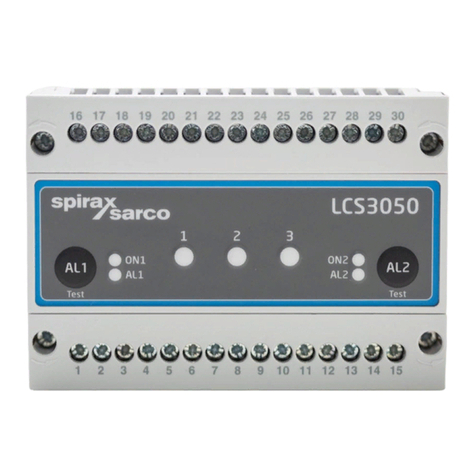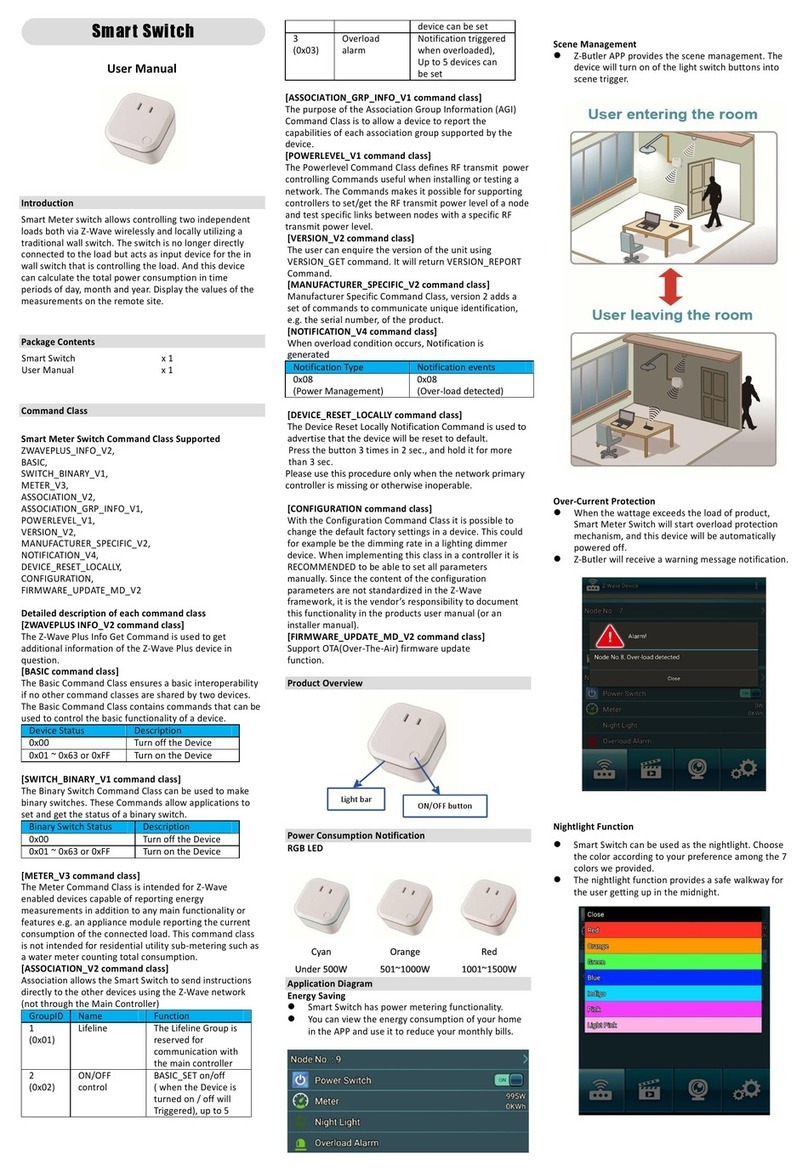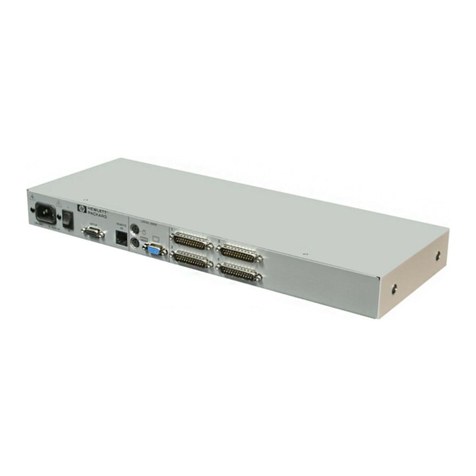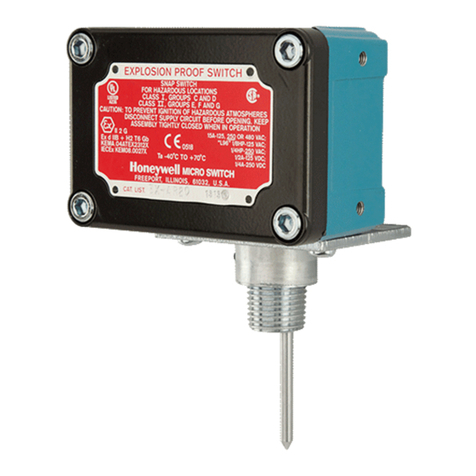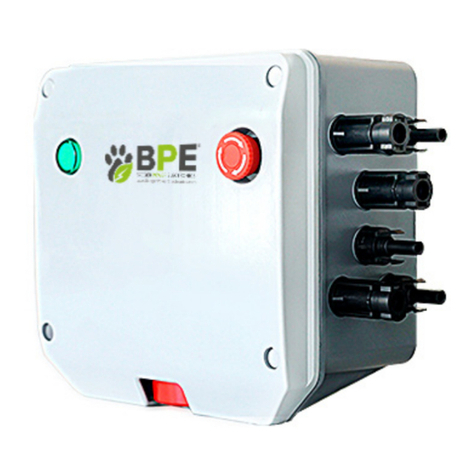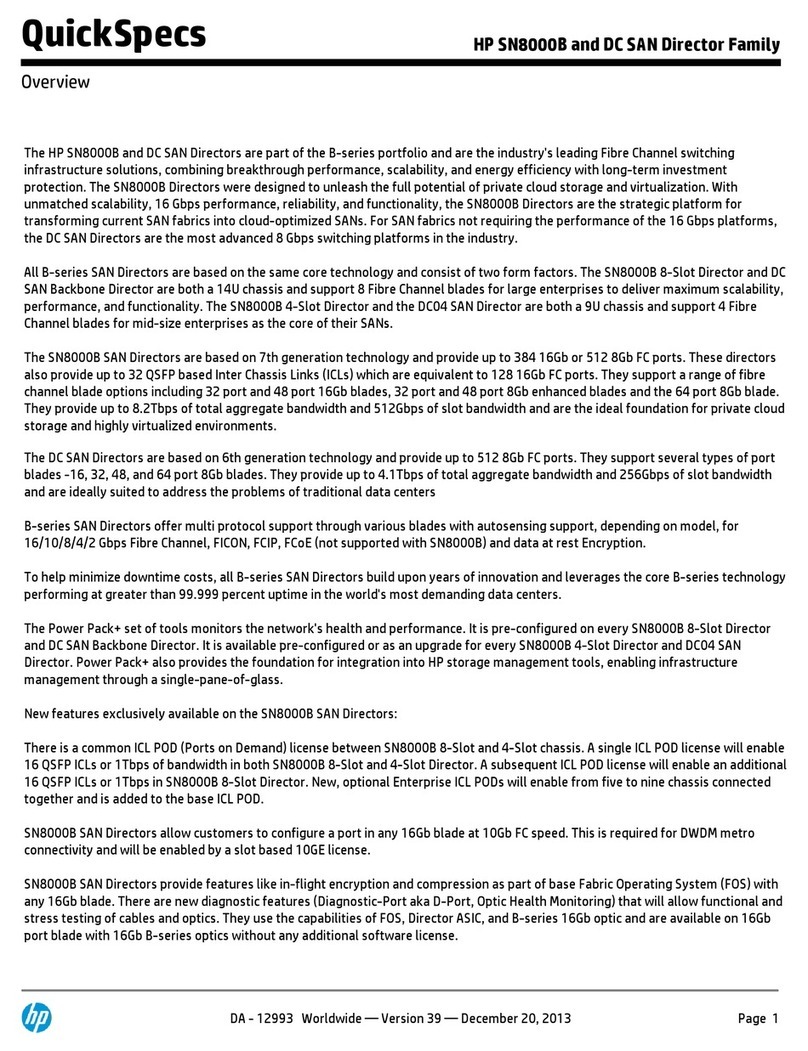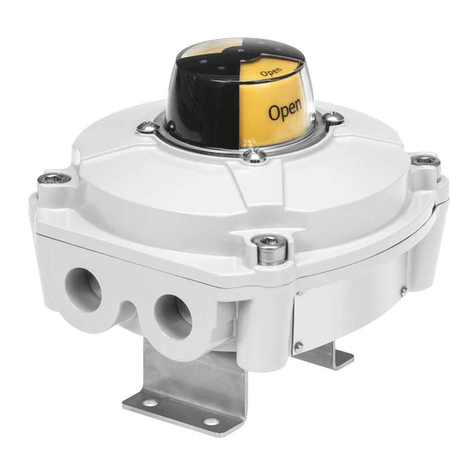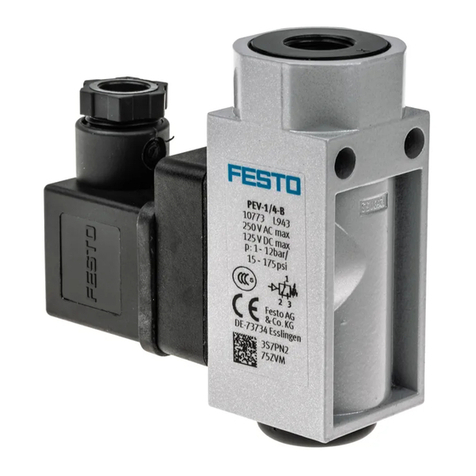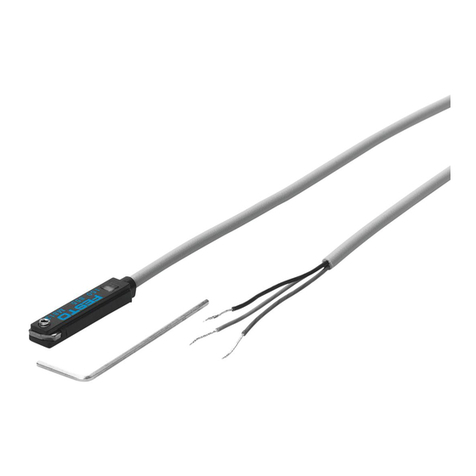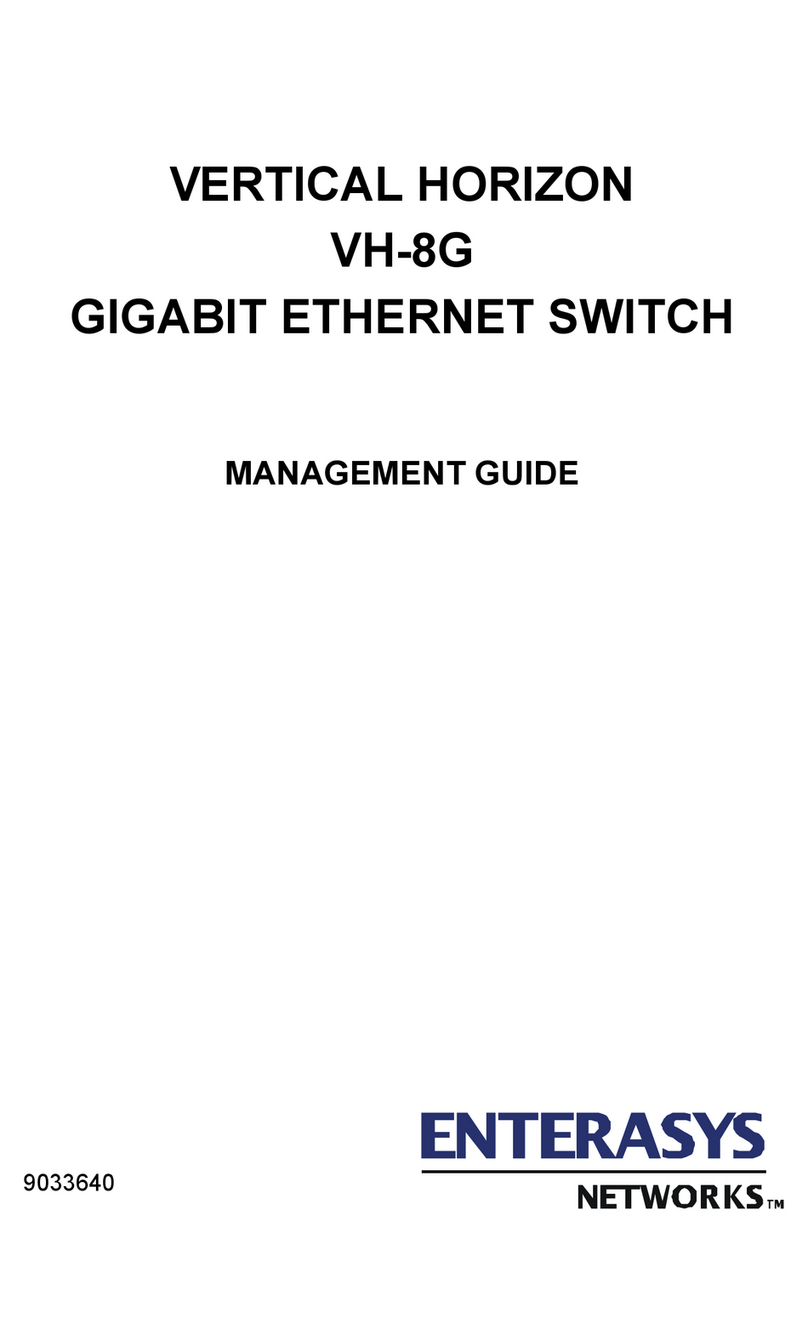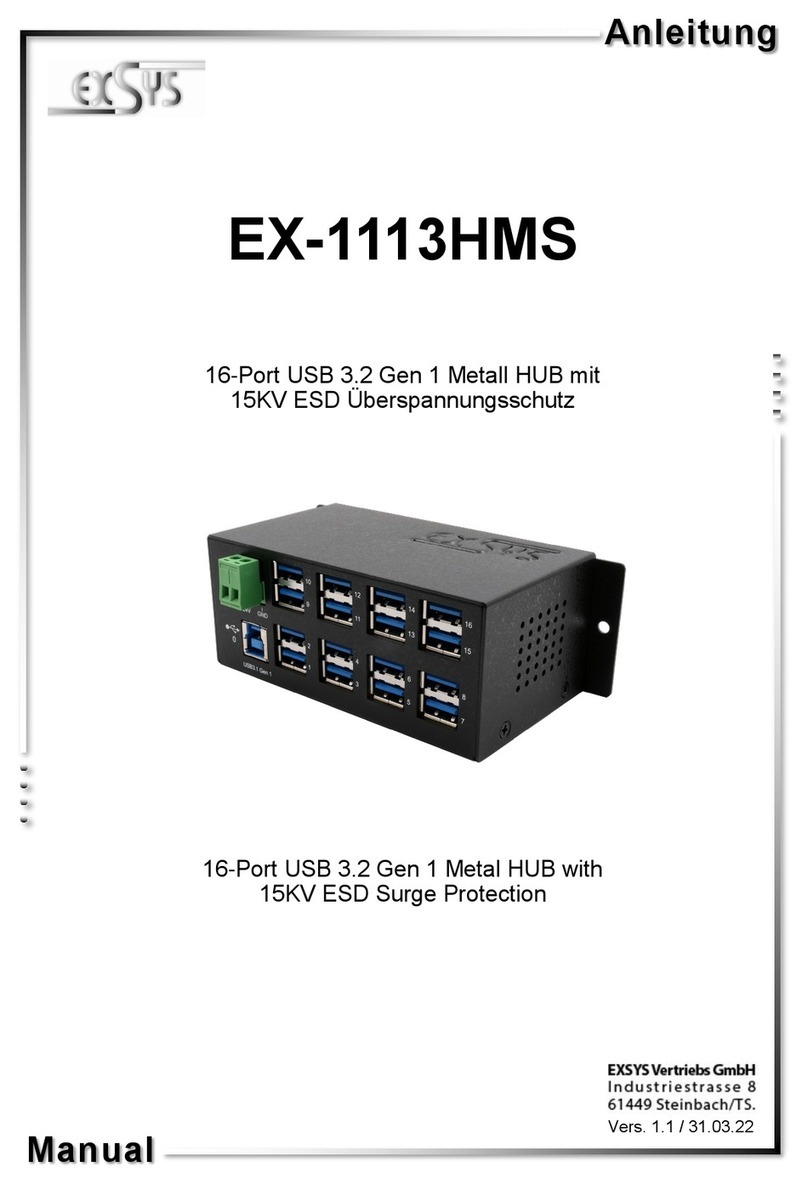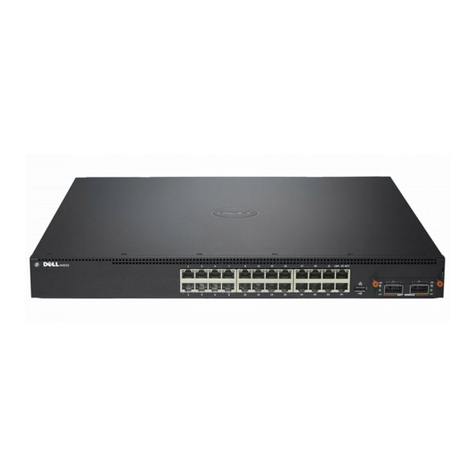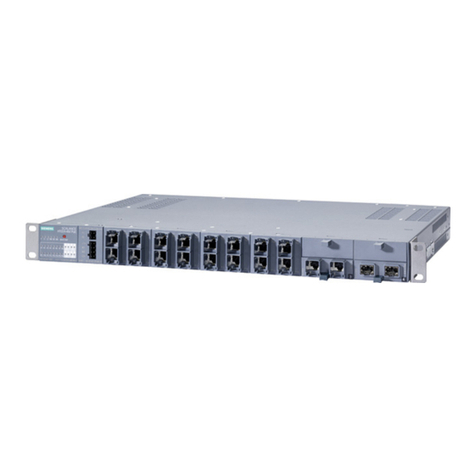Limit switch attachment
SRBF−C...
Festo AG & Co. KG
Postfach
D−73726 Esslingen
++49/711/347−0
www.festo.com
(en) Operating instructions 749073
0911a
Original: de
1 Control sections and connections
1
2
3
4
5
6
7
8
9
aJ
aA
aB
3
1Housing cover
2Plastic hood with position
indicator (yellow/red)
3Mounting screws for housing cover
4Shaft
5Micro switches
6Cams (red, yellow)
7Mounting adapter design
depends on the type èFig.2
8Back plate
9Earth terminal (PE)
aJ Cable connector
aA Terminal block (8−pin)
aB Spring
Fig.1: Design of control sections and connections of the limit switch attachment
2 Design
The SRBF−C limit switch attachment has a robust aluminium housing.
A transparent plastic hood in the cover allows a view of the three−dimensional
optical position indicator (èFig.1 2). Connected to the position indicator is a
shaft (èFig.1 4), which passes through the back plate to the outside.
The housing contains two micro switches (èFig.1 5), which are mechanically
actuated by cams (èFig.1 6) on the shaft. Through adjustment of the cams, the
desired switching points of the two micro switches can be set. Spring force presses
the cams onto toothed discs and in this way fixes the shaft in place (èFig.6).
To set the cams, they can be released from the toothed disc by pressing against
the spring force. The micro switches are designed as changeover switches
(èterminal diagram in Fig.5).
An 8−pin terminal block (èFig.1 aA ) inside the housing provides the electrical
connection. On the side, the limit switch attachment has a cable connector for the
wiring (èFig.1 aJ ).
On the opposite side, the housing is prepared for mounting an additional cable
connector for passing on the control signal for a solenoid valve (èterminal
diagram in Fig.5).
Four threaded holes in the back plate are used to fasten the mounting adapter.
This allows mounting of the semi−rotary drives with mechanical interface as per
VDI/VDE Directive 3845.
The SRBF−C limit switch attachment can be supplied with four different
premounted imounting adapters (hole pattern and shaft height èFig.2).
Characteristics Type code Description
Type SRBF Limit switch attachment
Design C Sensor box
Mechanical interface A3 Mounting adapter, hole pattern 30 x 80 mm,
for drives with shaft height 20 mm
A4 Mounting adapter, hole pattern 30 x 80 mm,
for drives with shaft height 30 mm
A5 Mounting adapter, hole pattern 30 x 130 mm,
for drives with shaft height 30 mm
A6 Mounting adapter, hole pattern 30 x 130 mm,
for drives with shaft height 50 mm
Type of indicator YR Position indicator yellow/red
Measuring range 90 0 ... 90°
Sensor principle MW Floating contact, changeover switch
Nominal operating voltage 22A 250 V AC 1)
Electrical connection C2 Screw terminal
Cable connector M20 M20x1,5, metal
1) For details ètechnical data in section 13
Fig.2: Type code of the SRBF−C limit switch attachment
3 Function
The rotary movement of the semi−rotary drive with process valve mounted below
the limit switch attachment is transmitted to the shaft (èFig.1 4) of the limit
switch attachment. The shaft transmits the rotary movement via cams
(èFig.1 6) onto the integrated micro switches (èFig.1 5) and the optical
position indicator (èFig.1 2). The optical position indicator shows whether the
process valve is open or closed. If the process valve is open, Open" is displayed
on a yellow background. Closed" on a red background shows that the process
valve is closed.
1Process valve
open:
Open" (yellow)
2Process valve
closed:
Closed" (red)
Fig.3: Position indicator (yellow/red)
12
Actuated micro switches switch (changeover switch, èterminal diagram in Fig.5).
The corresponding electrical signal is present at the electrical connection. This can
be passed on to higher−level systems for evaluation.
4 Application
The SRBF−C limit switch attachment is intended for recording, forwarding and
displaying of the end positions of semi−rotary drives in process automation
systems. And so the valve setting (open or closed) of the operated process valve is
recorded through the limit switch attachment.
Suitable for operation are semi−rotary drives for actuating butterfly valves and ball
valves in media−flow process valves (quarter−turn actuators) with slow movements
and few cycles.
Permissible are semi−rotary drives with mechanical interface as per
VDI/VDE Directive 3845, for which suitable mechanical adapter bridges are
available (èwww.festo.com/catalogue).
The maximum swivel angle of the limit switch attachment is 90°. The SRBF−C limit
switch attachment is suitable for use in the process industry and in an industrial
environment. The product is tailored to the requirements of the process industry
(è catalogue www.festo.com/catalogue).



